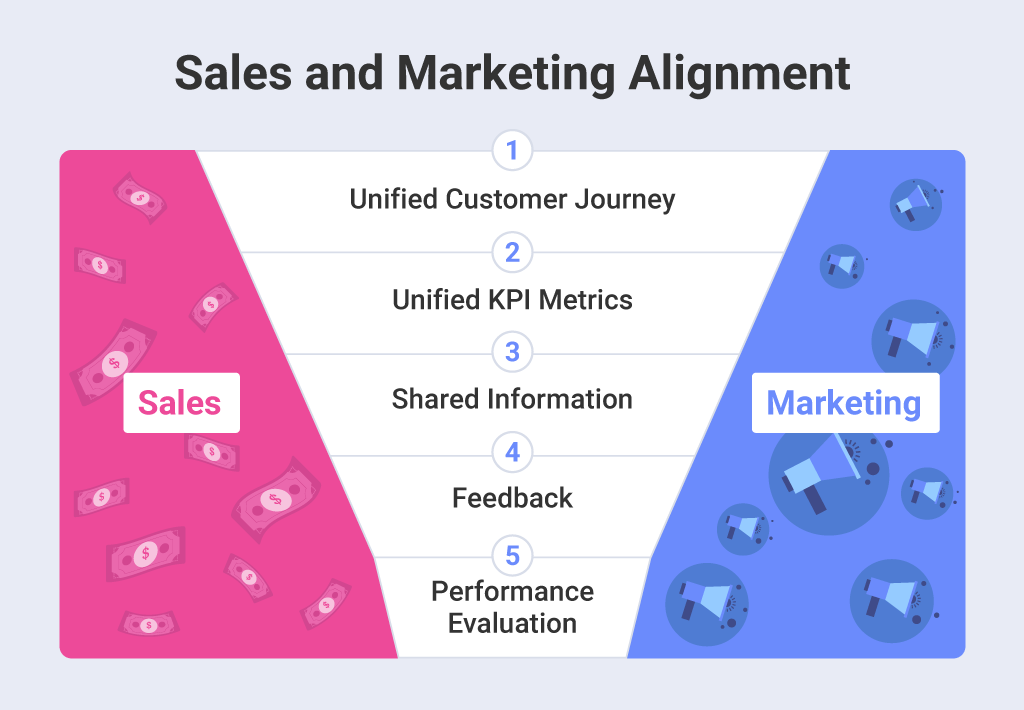Comprehending the Significance of Advertising and marketing in Today's Digital Landscape
In the contemporary digital landscape, the significance of marketing can not be overstated; it serves as a vital device for companies aiming to differentiate themselves in an increasingly jampacked marketplace. The inquiry stays: exactly how can services guarantee their advertising efforts are not only appropriate however additionally resonate with the ever-changing expectations of customers?
The Shift to Digital Marketing
In recent years, the advertising landscape has actually gone through a substantial improvement as businesses increasingly pivot towards electronic platforms. This change is driven by the expanding frequency of internet use and the increase of mobile modern technology, which have basically transformed customer behavior. Conventional advertising techniques, as soon as leading, are currently being supplemented-- or changed-- by digital techniques that leverage information analytics, social networks, and seo to get to target market better.
Digital marketing uses distinct advantages over typical methods, consisting of accuracy targeting, real-time performance monitoring, and cost efficiency. Companies can now involve with consumers through various networks, such as email, socials media, and online ads, permitting personalized advertising experiences that reverberate with private preferences and habits. This development also helps with instant feedback, allowing firms to adapt their methods quickly based upon consumer feedbacks.
Furthermore, the worldwide reach of electronic advertising opens up doors to new markets, giving smaller business with possibilities to compete on an equal opportunity with bigger firms. As the digital realm proceeds to progress, services should remain nimble, continuously discovering innovative strategies to stay ahead in this vibrant setting (Aligned Position Marketing Agency). Embracing electronic marketing is no more optional; it is essential for continual growth and importance in today's affordable landscape
Structure Brand Understanding

To grow brand recognition, services should leverage different digital channels, including social networks, search engine optimization (SEO), and web content advertising and marketing. Social media site systems provide an opportunity to produce engaging material that resonates with the target audience, cultivating organic brand name recognition. Aligned Position Marketing Agency. SEO strategies enhance visibility, making sure that the brand appears plainly in search results, therefore enhancing direct exposure to prospective consumers
In addition, constant branding across all electronic touchpoints is critical. This consists of preserving uniformity in visual elements, messaging, and tone, which reinforces brand name identity and develops trust fund. Furthermore, utilizing paid advertising can magnify reach and speed up brand name recognition, particularly in open markets. Inevitably, effective digital advertising and marketing not official source just improves brand exposure yet likewise lays the foundation for customer loyalty and lasting service development. Establishing a solid brand name visibility is an important financial investment in the success of any digital advertising undertaking.
Involving With Target Market
Recognizing a brand's target audience is essential for developing purposeful involvement in today's electronic advertising and marketing landscape. Engaging with target audiences goes beyond mere interaction; it entails creating genuine communications that reverberate with their preferences, actions, and expectations. Brands must utilize information analytics and insights to sector their audience effectively, customizing their messaging to address specific demands and rate of interests.

Measuring Advertising Efficiency
Measuring the performance of advertising efforts is important to refining methods and making certain that brands accomplish their objectives. In today's digital landscape, the capacity to track and analyze essential performance indications (KPIs) gives very useful understandings into customer behavior and campaign efficiency. Metrics such as conversion prices, roi (ROI), customer procurement cost, and involvement rates function as vital standards for evaluating the impact of advertising and marketing efforts.
Using analytics tools enables brands to gather information in real-time, allowing rapid changes to campaigns. For example, A/B testing can disclose which messaging resonates extra with target audiences, while social media sites analytics can offer insights right into audience involvement and sentiment. In addition, using client feedback systems improves understanding of customer perceptions and assists determine locations for enhancement.
Furthermore, reliable measurement exceeds simply numbers; it includes qualitative insights that can drive advancement. By developing a culture of continual evaluation, organizations can make certain that their marketing methods continue to be aligned with progressing consumer requirements. Eventually, a robust measurement framework not just improves accountability but also empowers brand names to make data-driven choices that cultivate development and maintain competitive advantages in the market.
Adjusting to Changing Fads
In an era where virtually rapid modifications in consumer preferences and technical developments are typical, companies must continue to be agile to grow. The capacity to adjust to changing trends is vital for maintaining importance and affordable benefit. Firms that check market characteristics and consumer behavior can prepare see this site for modifications and pivot their techniques as necessary.
Making use of information analytics and market research study enables organizations to identify arising patterns early. This proactive method allows for the prompt advancement of marketing projects that reverberate with target audiences. For example, the rise of social media sites influencers has changed typical advertising paradigms; brand names that welcome this trend can efficiently engage younger customers.
Additionally, businesses have to promote a culture of technology and versatility, urging groups to experiment with originalities and technologies. This can lead to the discovery of unique advertising and marketing techniques that stand apart in a congested electronic landscape.
Conclusion
To conclude, the relevance of advertising in today's electronic landscape can not be overemphasized. The transition to digital systems demands efficient approaches for building brand awareness and engaging target market. Additionally, the ability to gauge advertising performance and adapt to changing trends is important for continual development and significance. By leveraging electronic tools and analytics, companies can enhance their affordable side, ensuring they stay responsive to consumer needs and market characteristics in an ever-evolving setting.